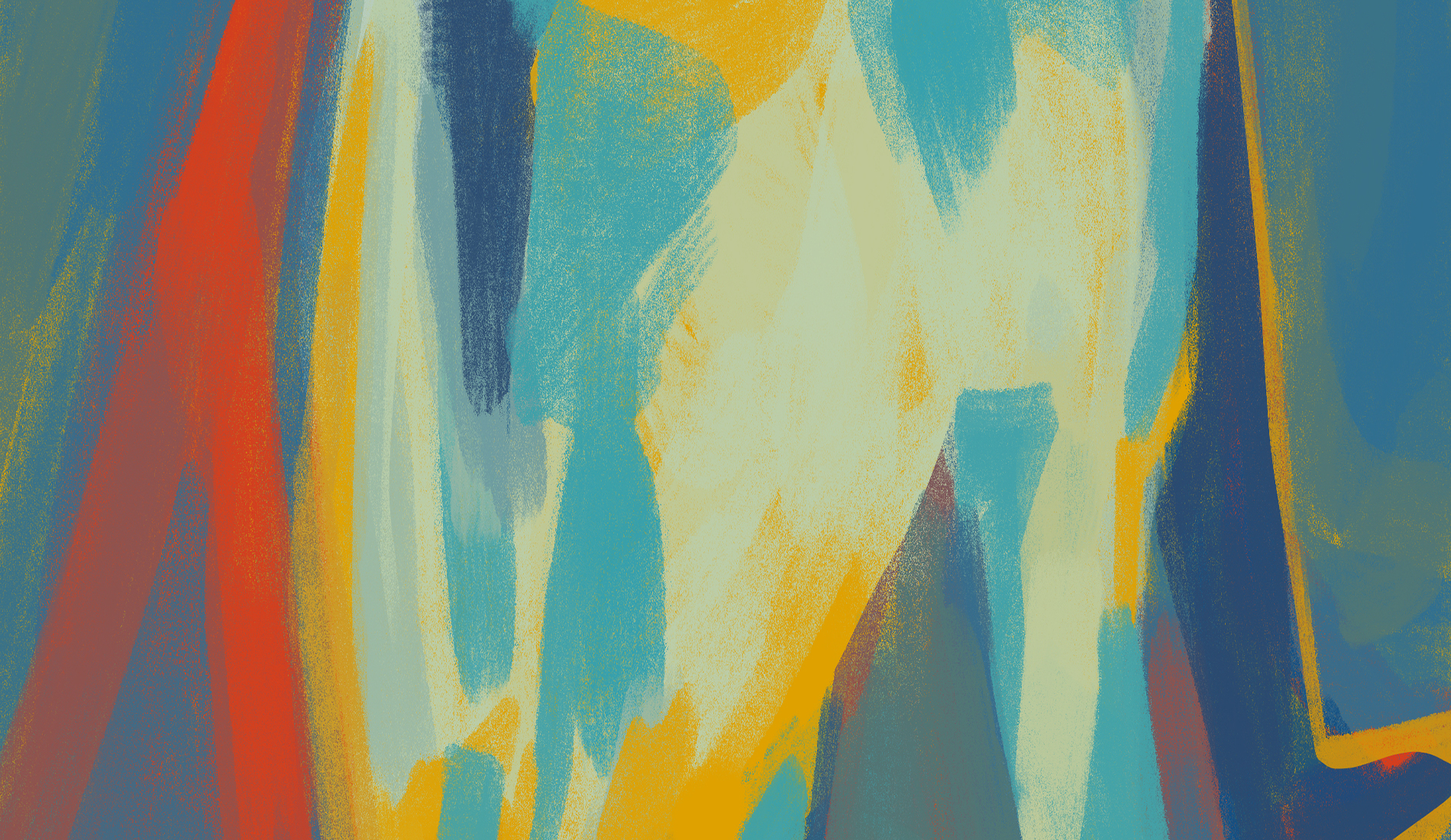
The U.S. Copyright Office Review Board has reportedly refused to register another work created by artificial intelligence (“AI”). This marks the fourth rejection to provide copyright protection over AI output following requests for reconsideration. As generative AI becomes more autonomous, American regulators continue to dig in their heels, reinforcing the unavailability of copyright for non-human works. Meanwhile, the Canadian Intellectual Property Office (“CIPO”) has reportedly recognized AI authorship by granting copyright protection for the very same work.
The impugned work is a two-dimensional computer-generated image entitled “SURYAST”, which was created by Ankit Sahni using the custom-designed software program RAGHAV. Sahni submitted a registration application in December 2021, listing himself and the AI software as authors. The work was created using a base dataset of Vincent van Gogh’s Starry Night and a photograph taken by the applicant. While the original photograph was attributed to Sahni, the software was said to have contributed the “2-D artwork”.
The Review Board held that RAGHAV’s “interpretation” of Sahni’s photograph in another style was a “function of how the model works and the images on which it was trained on – not specific contributions or instructions received” from Sahni. RAGHAV was therefore not an “assistive tool” akin to a camera or photo editing software. For better or worse, CIPO has done away with the human authorship requirement. By granting registration, CIPO has theoretically provided RAGHAV the same rights and remedies that Sahni would receive under the Canadian Copyright Act.
The different approach in each jurisdiction emphasizes the contentious nature of the issue. Many have reportedly expressed concern over CIPO’s decision to register AI as an author, citing the fact that non-human copyright protection is antithetical to the public interest purpose of copyright law. For others, Sahni’s successful registration signals a new era that will spark further investment, innovation and creativity in both the art and AI sectors.
One thing is certain: these questions will only become more complex as the technology evolves and AI and copyright engage on deeper levels.
Authors: Kasia Donovan and Emily Groper, 2023/2024 Articling Student-At-Law
Photo Credit: istock.com/your_photo.
Authors
Expertise

Insights
-
Litigation and Dispute Resolution
Changes to Trademark Proceedings Coming into Effect April 1, 2025
Amendments to the Trademarks Regulations will take effect on April 1, 2025. These changes are part of broader updates to the Trademarks Act, introduced through the Budget Implementation Act, 2018, No… -
Intellectual Property Litigation
Heineken Battles Over "La Tropical" Branding
Heineken’s Lagunitas Brewery has reportedly advanced its trademark and copyright claims over its "La Tropical" beer in a legal battle involving Cuban-origin brands. As reported by Bloomberg, the… -
Intellectual Property Litigation
Super Loss for Marvel and DC? "Super Hero" Trademark Enters the Public Domain
Marvel and DC have reportedly lost their long-held trademarks for “Super Hero”. For decades, the two comic giants jointly owned the trademark, with DC using it for its DC Super Hero Cafe and… -
Litigation and Dispute Resolution
Is Your Trademark at Risk? Understanding the TMOB’s New Pilot Project
In January 2025, the Trademarks Opposition Board (TMOB) is launching a pilot project in which the Registrar of Trademarks will issue 50–100 section 45 notices per month for randomly selected trademark… -
Intellectual Property Litigation
Rise of Trademark Phishing Scams
There has been a reported surge in trademark phishing scams. The Canadian Intellectual Property Office (“CIPO”) issued a statement warning of an email phishing scam targeting members of the public by… -
Intellectual Property Litigation
The Return of the Honda Element?
A few recent patent applications reveal that the Honda Element may be making its return to the automotive industry: The first patent application is a “camper for a vehicle”. The second…

